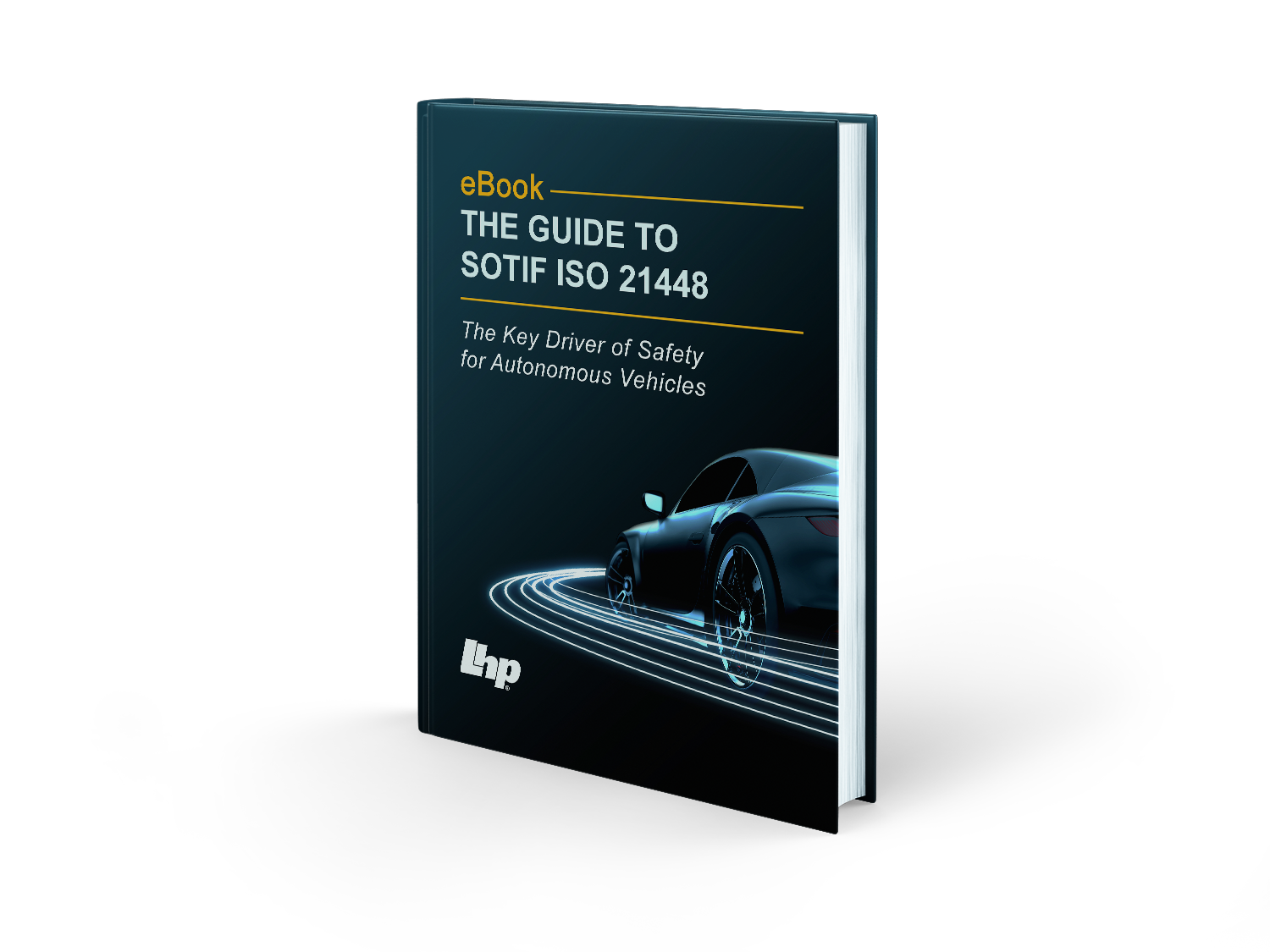Blog
Unlock Engineering Insights: Explore Our Technical Articles Now!
eBooks, Whitepapers, & Case Studies
Discover a Wealth of Knowledge – Browse Our eBooks, Whitepapers, and More!
Webinars & Videos
Stay Informed and Inspired – View Our Webinars and Videos Today!
Podcast: Driven by Code
Exploring the future of software-defined vehicles through expert insights.
Process & Automation
Verification & Validation
Application Lifecycle Management
Addressing workload complexity through efficient
use of Application Lifecycle Management (ALM) tools
and automation.
Contact Us!

Define Your Process. Automate Your Process.
Application Lifecycle Management
When implemented correctly, application lifecycle management (ALM) helps automotive OEM’s and Suppliers ensure product safety, organizational compliance, and industry competitiveness. ALM allows organizations to prove engineering teams are adhering to these automotive safety standards, while reducing meetings, rework of engineering processes, and streamlining standardization.
ALM encompasses the methods and processes through which software is developed, managed, and controlled. Ensuring they address the latest standards, and integrating the toolchains to achieve that result, will empower speed and scale in an engineering development environment.
ALM Tools without a Process Results in a Disconnected Engineering Workforce
Functional Safety + Industry Standards + Autonomous and Electric Vehicle Complexity =
Exponential Workload That Needs to Be Managed Efficiently
There are a multitude of ALM tools in the marketplace. An organization must make an important purchase decision on tools when the options are endless. In addition to this, the emerging standards for autonomous and electric vehicles - such as ISO 26262, ISO 21448 SOTIF, ASPICE, AS 9100, DO-178, DO-254, IEC 61508, CENELEC, and other FAA, FRA or regulatory standards - overlap and sometimes conflict, causing an array of problems in your engineering workflow. Is there even one tool that can meet all of the organization’s needs?
When considering an ALM toolchain and workflow, typical global OEM’s considerations are as follows:
- The Enterprise Cost of Tools
- The range of costs can vary significantly. For a small organization, some of the larger toolchains may not be affordable. There are less expensive tools that don’t have the feature set required for enterprise rollouts.
- Global and Regional Engineering Teams' Requirements Across the Enterprise
- Engineers across different locations will need to adhere to a global process while maintaining an individual organizational structure. Engineers need a framework under which they can operate that gives them the flexibility to deliver products across the globe.
- Product Size, Complexity, and SLOC
- Requirement size and code size drive the requirements for process and efficient ALM implementation. ISO 26262, ISO 21448 SOTIF, ASPICE, and other standards, drive work product which increases exponentially with lines of code.
- Current Organizational Structure and Tools
- The selection and integration of a new tool will inevitably impact the use of the existing toolchains. Tools such as PTC Codebeamer, IBM DNG, Siemens Polarion, JAMA, Helix, Microsoft Excel, Microsoft Word, Microsoft Project, MATHWORKS, configuration control, and data management tools, must all be integrated, obsoleted, connected, or defined within the new ALM workflow.
ALM Offerings
-
Corporate/Department Process Assessment
Input: Organizational charts, new processes, product development lifecycle processes, reporting requirements, and existing tools.
Output: Assessment of current organizational efficiency against industry standards and competition. Recommended action plan for new lifecycle management.
-
Tool Selection
Input: Current tools and development processes
Output: Tool trade study and recommendation considering the latest industry standards
-
Tools Integration
Input: Current tools, development processes, and application standards
Output: Full tool integration and automation
-
ALM Project Management
Input: Systems and tool integration roadmap
Output: Leadership of the development of an optimized workflow and tool implementation
-
Process Definition and Process Integration
Input: Current product development processes, product roadmaps, and application standards
Output: Full lifecycle process definition that integrates standards
Define and Optimize your Workflow with LHP
By combining the engineering best practices with the tools’ strengths and considering an organization’s main drivers, a workflow can be defined; one that optimizes tool usage and reduces the load on engineers. Ultimately, to be successful within safety-critical development, an organization needs to develop against a standard while also reducing the labor associated with engineering and testing.
Without the latter, the cost and time for development escalate exponentially.
LHP will provide an assessment against industry standards such as ISO 26262 and others, recommendations on how to close the gaps and optimize the workflow, and provide a full definition of the process.
- Gap Analysis and Workflow Assessment
- Leadership and Management Visibility and Workflow Assessment
- Systems Process Workflow Assessment
- Safety Analyses Process Workflow Assessment
- Hardware Process Workflow Assessment
- Software Process Workflow Assessment
- Safety Management Process Workflow Assessment
- Production Control Process Workflow Assessment
- Supporting Process Workflow Assessment
- Full Process Definition for Your Organization
- Tool Selection, Integration, and Automation






